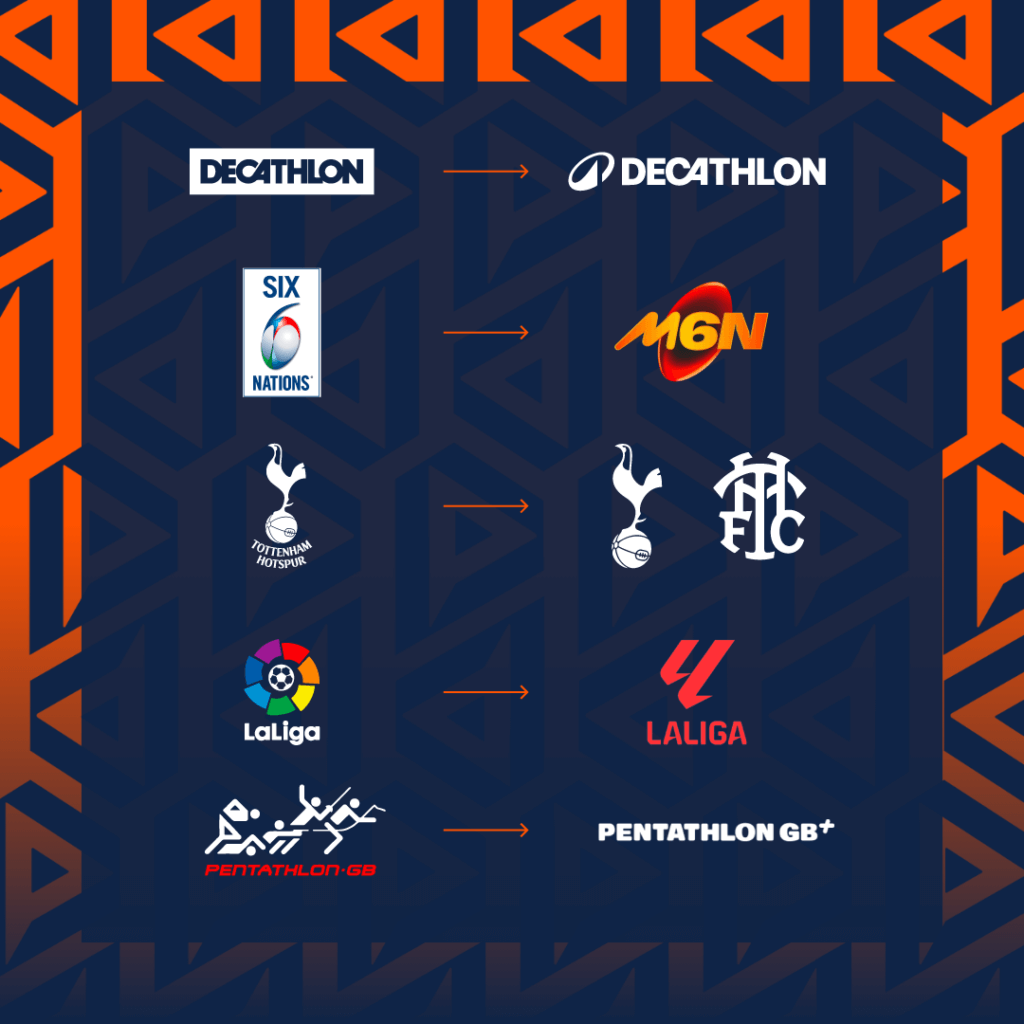In the ever-evolving landscape of email communication, ensuring the security and authenticity of messages has become paramount. Recently, two of the largest email service providers, Gmail and Yahoo, have updated their DMARC (Domain-based Message Authentication, Reporting, and Conformance), SPF (Sender Policy Framework), and DKIM (DomainKeys Identified Mail) requirements, signaling a significant shift in email authentication standards. These updates aim to enhance email security, reduce phishing attacks, and safeguard users’ inboxes from spam and fraudulent messages.
Let’s delve into the details of these updates and their implications for email senders and recipients:
Gmail’s Updated DMARC, SPF, and DKIM Requirements:
Gmail has been at the forefront of email security initiatives, consistently updating its protocols to combat phishing and spam. In its recent update, Gmail has enforced stricter DMARC policies, requiring senders to authenticate their emails using SPF and DKIM mechanisms effectively.
- DMARC Alignment Requirements: Gmail now mandates strict alignment between the “header from” domain and the DKIM or SPF domain. This means that the domains specified in the message header (visible to the recipient) must match the domains authenticated via SPF or DKIM.
- Stricter SPF and DKIM Authentication: Gmail expects senders to implement SPF and DKIM authentication correctly. SPF verifies that the sending server is authorized to send emails on behalf of the domain, while DKIM ensures message integrity by adding a digital signature to the email header.
- Reject Policy for Unauthenticated Emails: Gmail’s DMARC policy may reject or quarantine emails that fail SPF or DKIM authentication, providing better protection against spoofing and phishing attempts.
Yahoo’s Enhanced Email Authentication Standards:
Yahoo, like Gmail, has also tightened its email authentication requirements to bolster security and protect its users from malicious emails.
- Alignment Requirements: Yahoo now emphasizes alignment between the “From” header domain and the domains authenticated via SPF and DKIM. This alignment ensures that emails appear legitimate and originate from trusted sources.
- Stricter Authentication Checks: Yahoo expects senders to properly configure SPF and DKIM records to authenticate their emails. Failure to do so may result in emails being marked as suspicious or rejected.
- DMARC Policy Enforcement: Similar to Gmail, Yahoo enforces DMARC policies to reject or quarantine emails that fail authentication checks, reducing the likelihood of spam and phishing attacks.
Implications for Email Senders and Recipients:
For Email Senders:
- Ensure Proper Authentication: It’s crucial for senders to configure SPF and DKIM records accurately to authenticate their emails.
- Align Domains: Align the “header from” domain with SPF and DKIM domains to meet Gmail and Yahoo’s alignment requirements.
- Monitor DMARC Reports: Regularly monitor DMARC reports to identify authentication failures and take corrective actions promptly.
For Email Recipients:
- Be Vigilant: Even with enhanced security measures, remain vigilant against suspicious emails and phishing attempts.
- Check Sender Information: Verify sender information and look for signs of authentication, such as SPF and DKIM pass results.
- Report Suspicious Emails: Report any suspicious emails to your email provider to help combat phishing and spam.
In conclusion, Gmail and Yahoo’s recent updates to DMARC, SPF, and DKIM requirements underscore their commitment to enhancing email security. By enforcing stricter authentication standards, these changes aim to protect users from phishing attacks, spam, and other forms of email-based threats. Email senders must adapt to these requirements by ensuring proper authentication, while recipients should remain cautious and vigilant when interacting with emails. Together, these efforts contribute to a safer and more secure email ecosystem for everyone.


